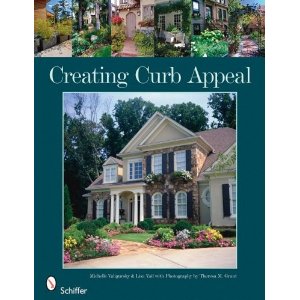Landscape Lighting Maintenance
Cleaning
As with anything, an occasional cleaning will ensure a longer, quality performance. Periodically, remove dirt, leaves and other debris, which tend to collect around the fixtures. Pay particular attention to inground fixtures and fixtures in low-lying areas. When tackling the cleaning of fixtures, consider moving them to create a different look. Cleaning the lens helps the lamp to operate more efficiently, extending the lamp life.
Replacing Lamps
Different lamps have different life expectancies. This means someone will need to replace lamps in the fixtures occasionally. Always apply a corrosion preventive compound when changing lamps to avoid socket corrosion.
Avoiding Corrosion
When installing lamps, dip the lamp bases into corrosion preventive compound (MA4) or spray sockets with silicone to help prevent oxidation between the lamp and its socket. Repeating this application once a year also provides a better connection between the lamp and socket. Also remember to seal or tape exposed wire to slow oxidation of the copper. Use mastic, caulking or tape – whichever is appropriate in your situation.
Pruning
Since you are working with living and growing things, you will need to prune periodically to keep the fixtures from disappearing into an overgrowth of shrubbery. Don’t forget to reposition fixtures, especially in trees to cover any bright spots.
Harsh Environments
Some environmental conditions require special consideration when choosing your low voltage fixtures. Such environments include:
- Water or air with a high salt content (coastal areas)
- Soil with a high acid content
- Soil that is heavily fertilized
- Water with a high lime content
For these environments we strongly recommend you consider non-metallic (composite) or solid brass fixtures. These fixtures are designed to hold up to the test of harsh environments. You may want to look into inground fixtures with composite housing.
Adding New Fixtures
If there is even the slightest possibility that you will want to install additional fixtures later, it is wise to choose a transformer that will allow for the extra wattage. Remember, we recommend you initially use between 70% and 80% of the power console capacity. This will save some power for additional fixtures.
Don’t Forget
The environment is ever changing, so landscape lighting does require periodic maintenance.





